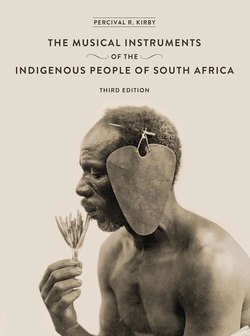Читать книгу Musical Instruments of the Indigenous People of South Africa - Percival Kirby - Страница 13
На сайте Литреса книга снята с продажи.
ОглавлениеACKNOWLEDGEMENTS TO THIRD EDITION
S OME years ago it became apparent to me that a reprint of The Musical Instruments of the Native Races of South Africa by my grandfather, Percival Robson Kirby, was necessary. Indeed, not just a reprint, but a new edition. Last published in 1965, the renamed Musical Instruments of the Indigenous People of South Africa remains the ground-breaking archival and ethnographic benchmark study of the musical instruments and related cultural practices found in southern Africa in the early 20th century before the subsequent eradication of these ways. South Africa in the 21st century experiences an incredible diversity of musical culture and performance, to a large degree based on the inevitable influence of European and American music. There is however, a resurging interest in the traditional musical practices of southern Africa. Musical Instruments of the Indigenous People of South Africa remains the definitive, standard work on the subject.
In the preparation of the third edition, the title has been slightly changed but the text has been retained exactly as Kirby wrote it.
The 73 plates consisting of some 150 photographs have been refigured and placed within the text with faithful adherence to Kirby’s citations. The negatives were sourced from the Special Collections at the University of Cape Town Libraries where Kirby’s research material on African music is housed. Many of the original negatives were scanned and tidied. Several were too old and damaged to be used and the plates were scanned.
The original musical examples have been rescored using Sibelius. The footnotes have been placed at the end of each chapter.
It has been a great honour and a privilege to be able to bring this extraordinary work to light again. Percival Kirby’s phenomenal abilities and his meticulous research methods place him, after all this time, as one of the greatest musicologists and ethnomusicologists of South Africa.
I would like to thank Veronica Klipp and Melanie Pequeux for making this publication possible; to Lesley Hart of the University of Cape Town Special Collections for so kindly and patiently helping me source and scan the photographs; to Karen Lilje for her clear-sighted, professional and creative approach and to Michael Nixon, curator of the Kirby Collection, for all his support and advice. And to my grandfather – may your spirit live on and on.
ANTHEA VAN WIERINGEN
